Dozens of container ships are anchored off the ports of Los Angeles and Long Beach. A crush of advance orders from U.S. manufacturers and retailers is contributing to the bottlenecks.
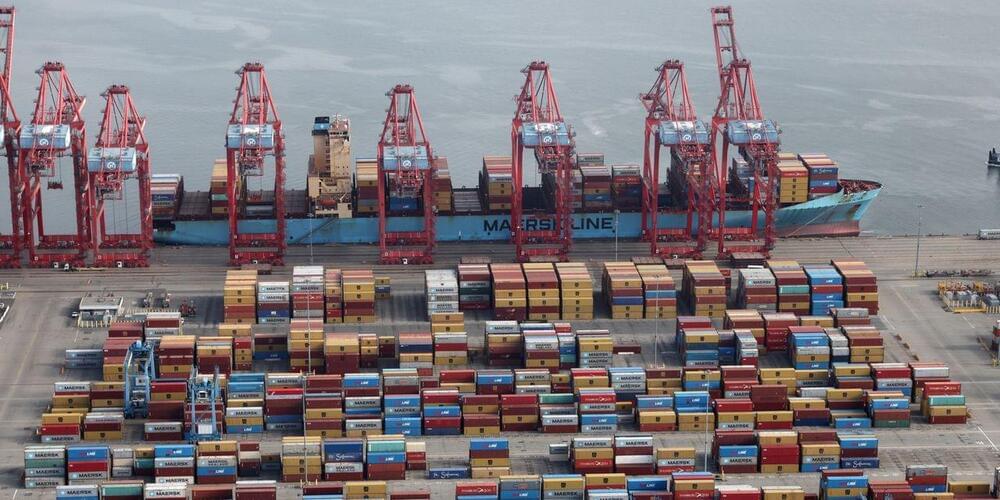


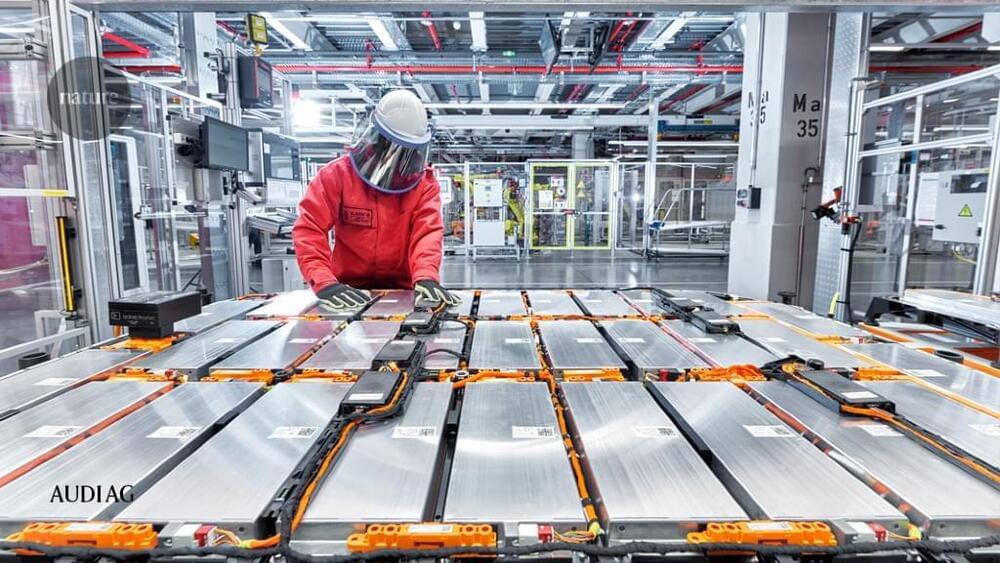
Battery-and carmakers are already spending billions of dollars on reducing the costs of manufacturing and recycling electric-vehicle (EV) batteries — spurred in part by government incentives and the expectation of forthcoming regulations. National research funders have also founded centres to study better ways to make and recycle batteries. Because it is still less expensive, in most instances, to mine metals than to recycle them, a key goal is to develop processes to recover valuable metals cheaply enough to compete with freshly mined ones. “The biggest talker is money,” says Jeffrey Spangenberger, a chemical engineer at Argonne National Laboratory in Lemont, Illinois, who manages a US federally funded lithium-ion battery-recycling initiative, called ReCell.
Reducing the use of scarce metals — and recycling them — will be key to the world’s transition to electric vehicles.

Despite strong support from the FAA, the airline industry, and aerospace companies, the U.S. Senate ceased funding the development of a supersonic airliner in 1971. Two years later, the FAA banned supersonic flight over land, a prohibition that remains to this day.
The Concorde went on to serve various destinations, including some in the United States, flying at supersonic speeds only over water. That continued until 2,003 when British Airways and Air France retired their fleets, together amounting to just 12 aircraft. (Fourteen production aircraft were manufactured, but one was scrapped in 1,994 and another crashed in 2000.)
While the Concorde successfully overcame the technical hurdles standing in the way of supersonic passenger service, it succumbed to economics: The cost of fuel and maintenance was especially high for these planes. A new generation of aeronautical engineers and entrepreneurs are, however, keen to once again take on the technical, environmental, and economic challenges.
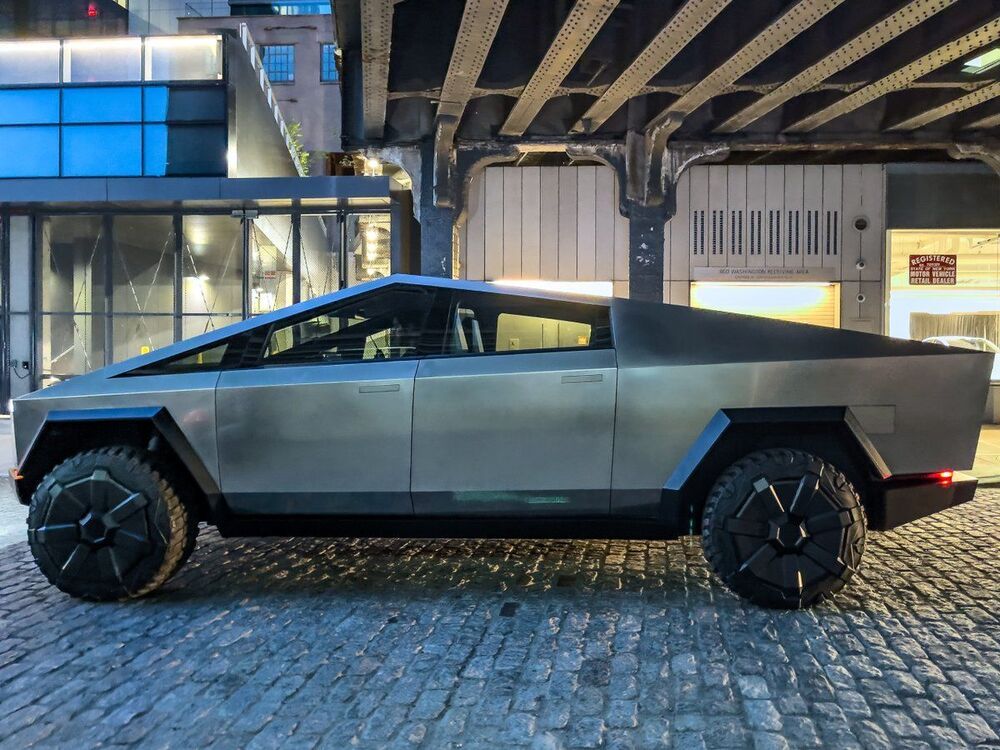
Elon Musk has mentioned that the Tesla Cybertruck’s production version would be extremely similar to the all-electric pickup truck’s controversial prototype from 2019. While this may largely be the case, Musk has hinted at some new features that would be included in the production Cybertruck. Apart from updated door handles and rear-wheel steering capabilities, for example, Musk also hinted at “other great things” coming for the vehicle.
A recently published patent application from Tesla has now hinted at a couple more updates that may be coming to the Cybertruck, at least on the design front. The patent, titled “Automotive Glass Structure Having Feature Lines and Related Method of Manufacture,” describes a way to form extremely durable glass structures with aggressive curves and folds. Using such a technique, Tesla stated that it could create components like windshields with very aggressive feature lines that would otherwise not be possible with conventional glass-forming methods.
The patent application’s illustrations showcased how the system would be used in a vehicle such as the Cybertruck. One of the images in the patent featured the far left and right side of the Cybertruck’s windshield having aggressive feature lines that make the all-electric pickup truck even more futuristic and CGI-esque. This is quite different from the windshield used on the prototype Cybertruck, which seemed completely flat.

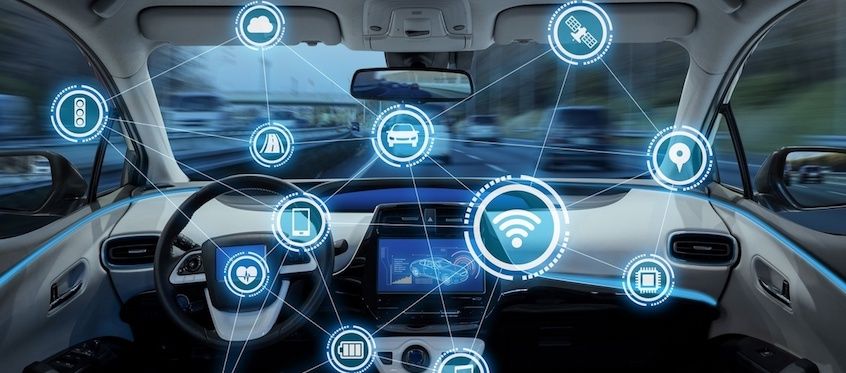
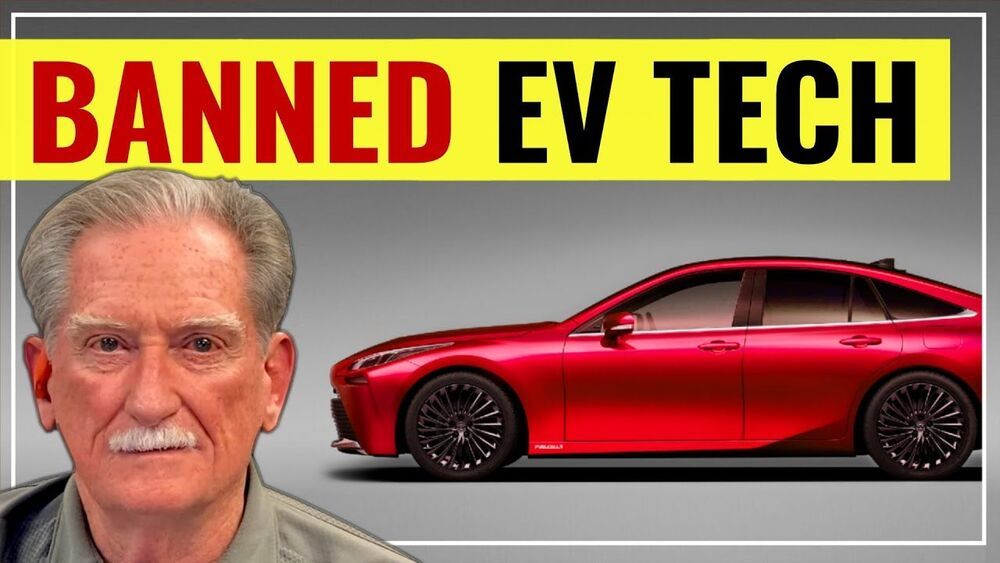
Using hydrogen for transportation is criticized by many. It would not be as energy-efficient as batteries, and a recent study even pointed out that producing it can be more pollutant than just burning the natural gas from where it is extracted. One of the main hurdles involving it is storage: putting the gas in a tank demands a lot of energy. E for Electric discovered a “solid-state hydrogen fueling” thanks to Sandy Munro and told us more about Plasma Kinetics, the company that developed it.
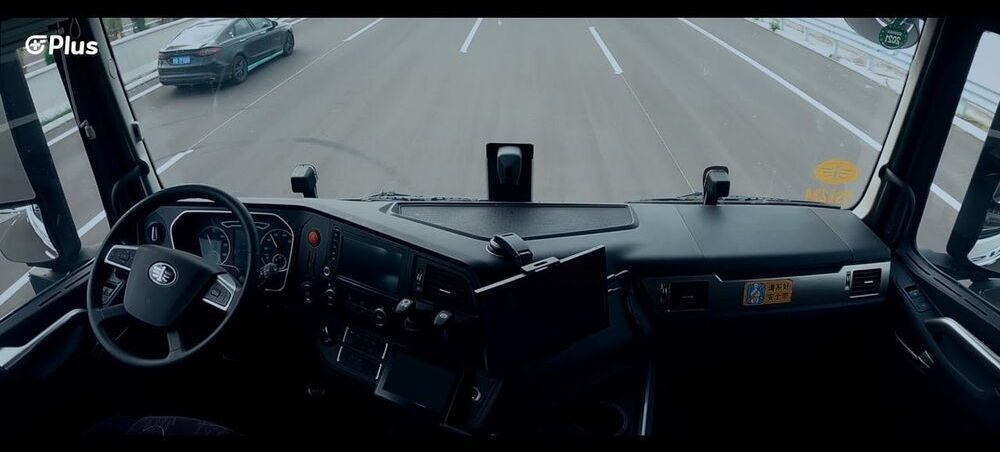
Watch developer Plus testing an autonomous truck on the highway without a driver behind the wheel.
Autonomous tech developer Plus has recently completed a real-world demonstration of its Level 4 autonomous truck technology on a traffic-filled highway. The company tested the truck without a driver behind the wheel, and also without any other remote operator who could take control of the truck if needed. The test took place on the Wufengshan highway in the business hub of the Yangtze Delta region, with Plus being the first company to be granted a special permit to test Level 4 vehicles in the country.
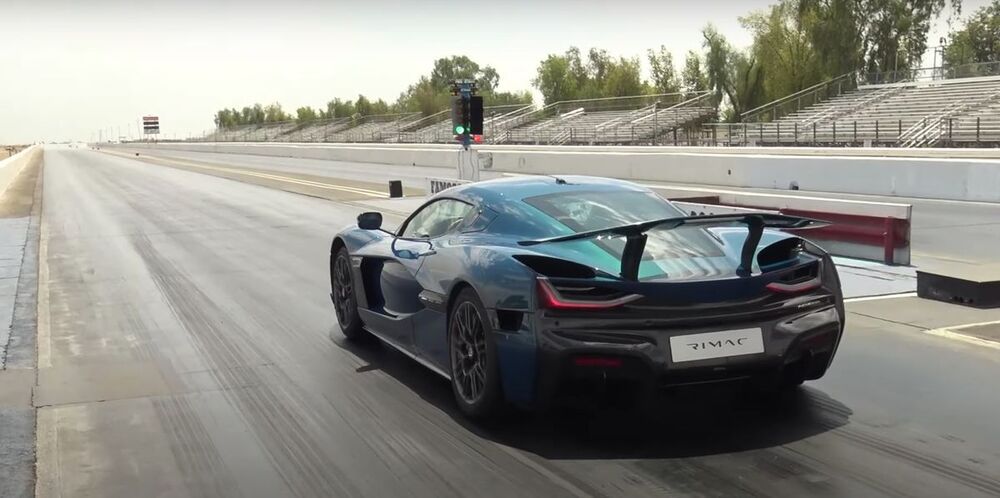
#Electric and faster than a Tesla. The Rimac Nevera is now officially the fastest accelerating production vehicle in the world. While on its way to participate in Pebble Beach celebrations this weekend, the electric hypercar made a stop at Famoso Raceway in McFarland, California, where it managed to set a production car record quarter-mile time of 8.582 seconds at 167.51 mph, according to Rimac. That was fast enough to beat the company’s own unofficial record of 8.62 seconds, which it set in Croatia back in June. Unlike that previous attempt, Rimac utilized a drag-friendly, VHT-prepped surface this time around. https://www.roadandtrack.com/news/a37304155/rimac-nevera-quarter-mile-world-record/
Rimac enlisted Brooks Weisblat from DragTimes to be the wheelman for the record-setting attempt. Thankfully, that means we have some great video footage to go along with the new record. The Nevera is perfectly suited for this sort of endeavor, as the electric hypercar packs 1,914 horsepower and 1,741 lb-ft of torque. The car’s four electric motors also provide all-wheel drive, which utilizes Rimac’s All-Wheel Torque Vectoring 2 technology. Despite the help from the prepared surface and AWD, the Nevera wasn’t exactly testing in ideal conditions. The temperatures outside were as high as 98 degrees fahrenheit, with the track itself measuring in at 149 degrees fahrenheit. This required the company to make some setup adjustments as they went, making several passes in the process. The record-setting run itself was actually the eleventh pass the company made in quick succession.
This content is imported from YouTube. You may be able to find the same content in another format, or you may be able to find more information, at their web site.